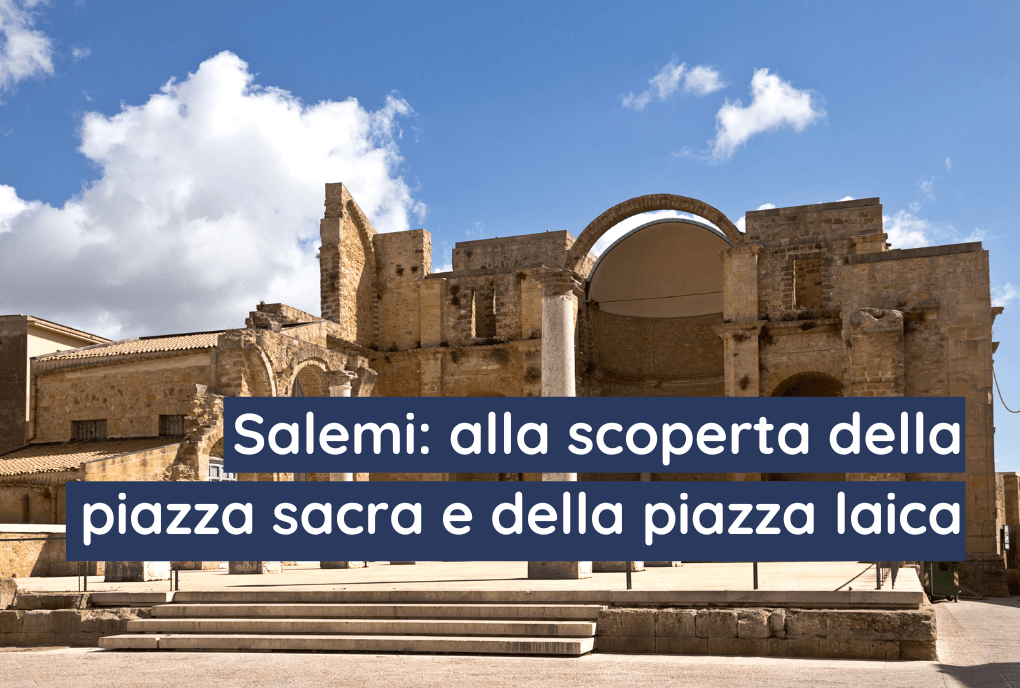
Álvaro Siza and Roberto Collovà, two masters who generated the secular square and the sacred square
Salemi is a town in the province of Trapani, in the center of the Belice Valley in Sicily. This town was severely damaged in the 1969 earthquake, along with Gibellina, a symbol of the tragedy. Many were the proposals for redevelopment. In fact, the world’s greatest architects and artists participated in the project of the city’s rebirth, later named Gibellina Nuova. Moreover, between Salemi and Gibellina Nuova stands, in a middle ground, the Great Cretto: one of the greatest works of art in the world.
But, as anticipated, Gibellina was not the only center of interest in the reconstruction of the Belice Valley. In the city of Salemi, one of the most impressive reconstruction and conservation works in the Sicilian territory was carried out.
The recovery project took into consideration the Mother Church of Salemi (1615-1761) and the entire historic center, which were affected and severely damaged. Only part of the dome, some columns of the nave and the cross-aisle remained of the church.
The desire to restore and rebuild the religious site, the square behind the church, and the historic center found Portuguese architect Álvaro Siza Vieira and Sicilian architect Alberto Collovà as saviors. The same goal of both was to recover the memory of the area and integrate their design idea with the ruins, historical context and empty spaces that were inevitably created during the earthquake.
The project thus intended to take up and enhance the remaining elements of the church, both as symbols of the destroyed memory and as elements that mark a common outdoor open space: that is, a square within the existing square.
The building thus took on two roles and two meanings: that of a church, a place of memory and the sacred, along with that of a secular and civic plaza space. Today they are two squares that interpenetrate and generate each other.
A transformation and role reversal took place between the original church and the square, while retaining their roles and character: the church, that is, the sacred square, opened up to the secular square, which took up the orientation of the old church colonnade, projecting the original architectural elements outward.
The church, despite the process of its opening and transformation into an open, open, secular space, retains its sacredness and suggestiveness, remaining always recognizable thanks to the raised basement that traces the original perimeter of the church, on which the sacred square stands and is circumscribed.
Crossing the square, one can feel the sense of being in a shared public space that is actively experienced by the town of Salemi, where one can breathe in the charm of a bare and striking architecture dense with simplicity.
Giulia Nari





